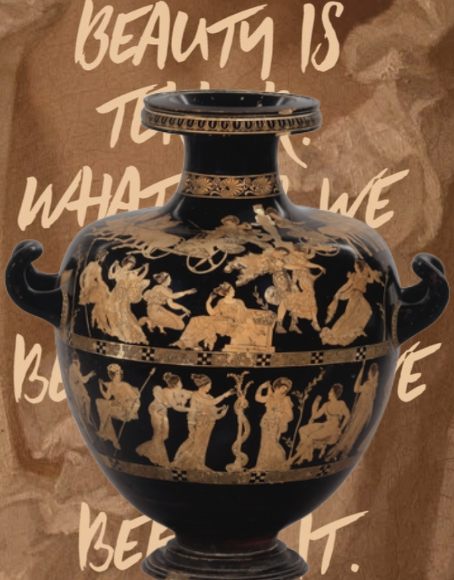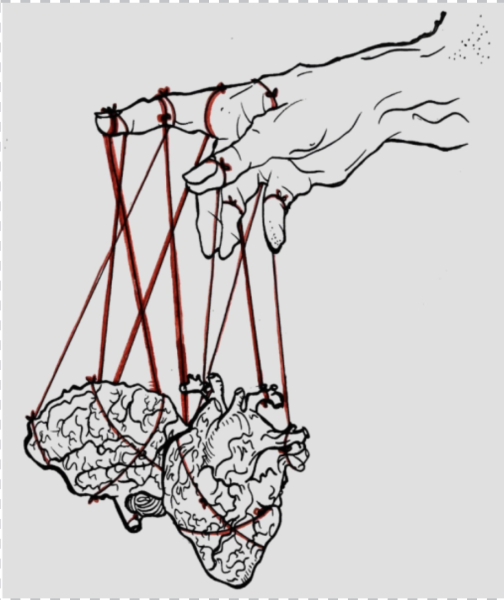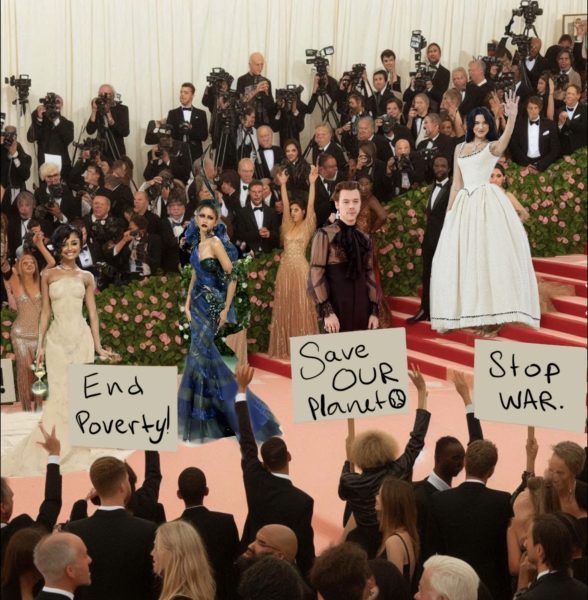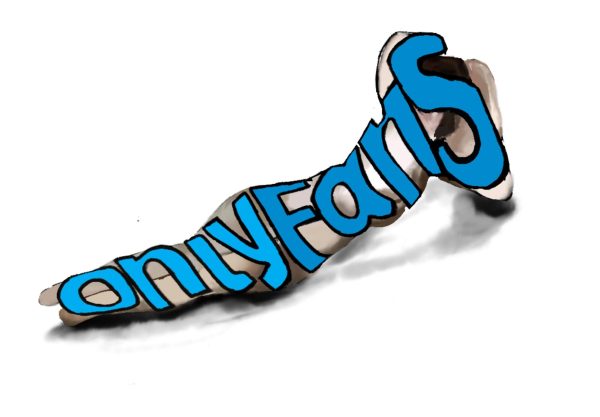The Truest Form of Beauty
Beauty is often mistaken for being solely something physical and corporeal, but that’s where people go wrong. It represents the pleasurable, as well as the desirable, attributes of certain objects and creatures. People, animals, sunsets, and works of art are all examples of classified beauties. One of the major philosophical subfields, also known as aesthetics, is concerned primarily with beauty, along with art and taste. It is compared to ugliness, which serves as its opposite as a good aesthetic value. As one of the transcendentals, it is frequently seen as one of the three essential notions of human knowledge together with truth and goodness. However, beauty is most of the time something that is incomprehensible. What is beautiful to me can be hideous to someone else. The fact that beauty has both objective and subjective components—it is perceived as a quality of things but also as depending on the emotional response of observers—makes it challenging to comprehend. Beauty, itself, is said to be “in the eye of the beholder” due to its arbitrary nature. It has been asserted that the capacity for perception and evaluation of beauty on the part of the subject, commonly referred to as the “sense of taste,” may be developed and that, over time, the opinions of experts tend to agree. This would imply that rather than being completely subjective or completely objective, the standards of validity of assessments of beauty are intersubjective, i.e. depending on a group of judges. The conception of beauty is something that is meant to be individually interpreted. The most common views of beauty are seen in literature and mythology; mainly novels, poems and the Hellenistic beliefs of the ancient Greek philosophers.
One novel which conducts the concept of beauty is the Secret History by Donna Tartt. What is unforgettable about this theory is a conversation held between the most prominent character of the story, Henry Winter, and his friend, the narrator, Richard Papen. Richard asked him, “And what is beauty?” To which Henry replied, “terror,”. What is it about beauty that is terrifying? Vanity is vanity. After reading this quotation, the mental train tracks fell into place. Nature is lovely. People are lovely. However when you least expect it, nature’s violence can turn on you like a beast. People are more predictable, yet they can sometimes harbour unspeakable secrets and in turn, they can become a flipswitch. Additionally, we are susceptible to everything we find appealing. This, ironically, can be both a beautiful and dangerous thing; as is said all the most beautiful animals also happen to be the most venomous. It is a perfectly wicked paradox, making it obvious that beauty can be venom, as well as terror.
Another thing about beauty is that it is often related to Greek mythology but one never knows exactly what kind of beauty might be referred to in connection with Ancient Greece. The classical Greek noun that best translates to “beauty” or “beautiful” in English was , kallos, while the adjective was o, kallos. However, kalos can and is also translated as ′′good′′ or ′′of high quality′′, implying that it has a broader connotation than just physical or material attractiveness. Similarly, kallos was used differently than the English term beauty in that it was attributed to humans first and foremost and has an erotic meaning. It is in that way associated to erotic beauty as well as physical beauty. The Koine Greek word for beautiful was hōraios, an adjective etymologically originating from the word, hōra, meaning “hour”. Beauty was therefore related with “being of one’s hour” in Koine Greek.
The most famous type of beauty is the beauty defined by poets; whether it is John Keats, Oscar Wilde or William Shakespeare, they all have something to say about beauty. ‘Beauty is truth, truth is beauty,’ is possibly John Keats’ most famous quotation. But what exactly do these words mean? The poem ‘Ode on a Grecian Urn’ speaks about how great art transcends our own brief mortal lives. When Keats and his generation are all gone, this Grecian urn will be there for future generations that face similar problems as Keats, and the urn will be a “friend to man,” a source of comfort. After all, it has been around since the heyday of ancient Greece, almost two millennia ago, and has survived until the time of Keats himself, in the early nineteenth century. In other words, beauty is all we need to uncover truth, and truth is beautiful in and of itself. This is all we, as mere mortals, know, but it is all we need to know: we should not rush to find solutions we don’t need. The concluding lines of Keats’ poem imply that we shouldn’t try to find definite explanations to everything; sometimes the mystery is enough. Indeed, the phrase “on earth” implies that there is more to be discovered beyond the earthly and temporal constraints of mortal life: that there is another plane, the celestial or ethereal one, where further truths and knowledge will be uncovered and therefore define beauty itself. Shakespeare says that beauty can be more than it is just by itself, an outward appearance, because truth and inner qualities are what give it the essence. He states right at the beginning in the first two lines of the sonnet ‘O how much more doth beauty beauteous seem,/By that sweet ornament which truth doth give!”, that is, an already beautiful thing can be even more beautiful if honesty and truth come with it. The first principle of aestheticism, Oscar Wilde’s art philosophy, is that art has no other function than to provide beauty. Beauty reigns supreme throughout The Picture of Dorian Gray. It is a method of revitalising tired senses. It is also a technique of escaping the world’s brutalities: by devoting himself to the study of beautiful things—music, gems, rare tapestries—Dorian separates himself, not to mention his mind, from the horrors of his acts. Youth and physical attractiveness become important commodities in a society that values beauty so highly.
The big question of course, is; what is more important, physical beauty or poetic beauty? Or is it, perhaps, up to one’s own interpretation, what one personally considers beautiful? Some could argue that beauty is objective, because there are certain beauty standards, but I agree to disagree. Beauty is almost always subjective and it is something that has been proven and proven again by various cultures, poets and novels. Different people see the light of beauty differently. Some may argue that being short and plump is beauteous, whilst others would argue that beauty is something insubstantial. That, when people see something beautiful they know it but before then they may not be entirely aware as to what beauty truly is. Therein lies the truth in beauty.

My name is Klara and I am a student in year 12 at ISL. I love writing stories and exploring the latest recommendations, both when it comes to movies and...







